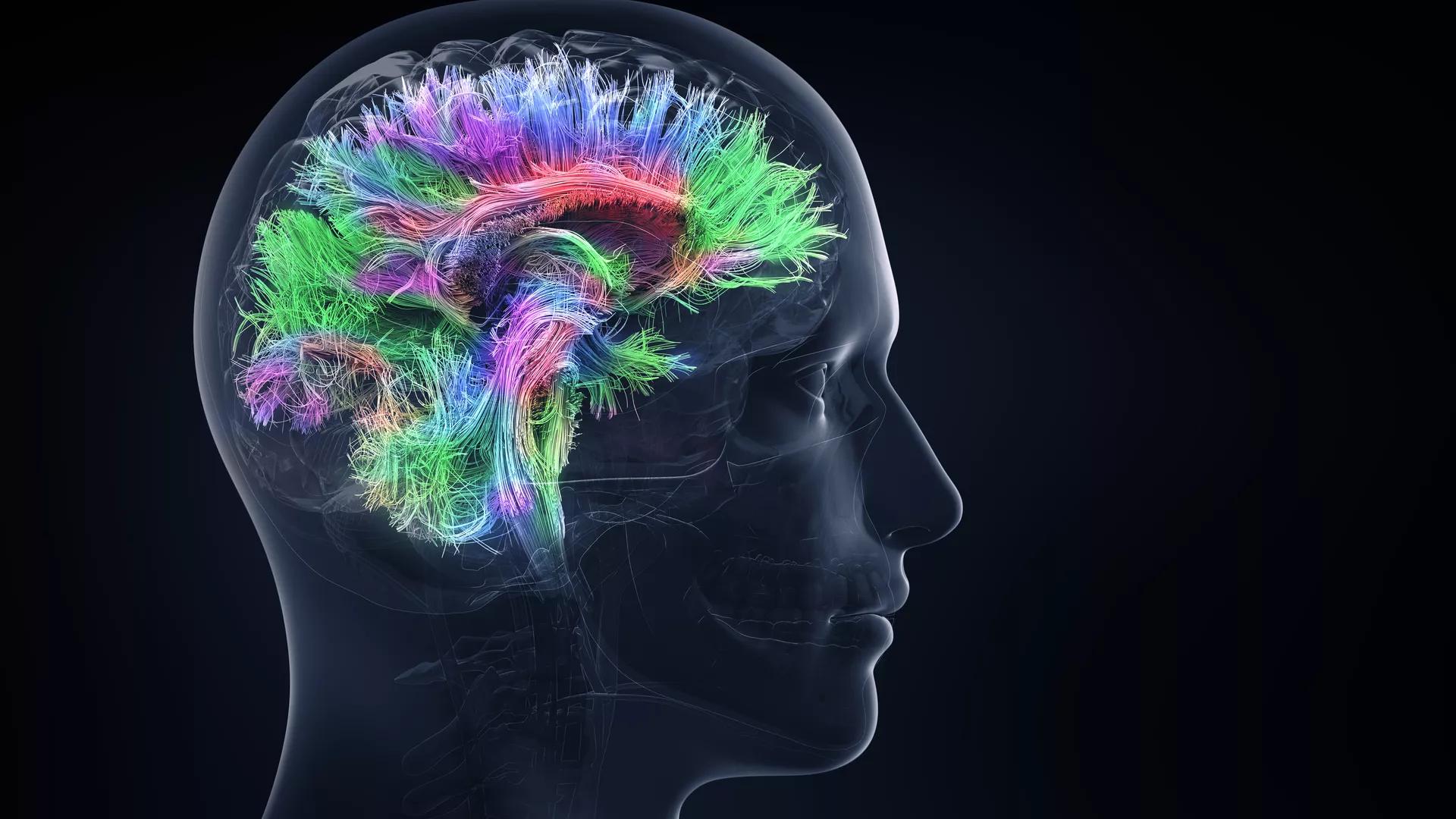Background: The diagnosis of attention deficit hyperactivity disorder (ADHD) relies on history and observation, as no reliable biomarkers have been identified. In this study, we compared a large single diagnosis group of patients with ADHD (combined, inattentive, and hyperactive) to healthy controls using brain perfusion single-photon emission computed tomography (SPECT) imaging to determine specific brain regions which could serve as potential biomarkers to reliably distinguish ADHD.
Methods: In a retrospective analysis, subjects (n = 1,135) were obtained from a large multisite psychiatric database, where resting state (baseline) and on-task SPECT scans were obtained. Only baseline scans were analyzed in the present study. Subjects were separated into two groups – Group 1 (n = 1,006) was composed of patients who only met criteria for ADHD with no comorbid diagnoses, while a control group (n = 129) composed of individuals who did not meet criteria for any psychiatric diagnosis, brain injury, or substance use served as a non-matched control. SPECT regions of interests (ROIs) and visual readings were analyzed using binary logistic regression. Predicted probabilities from this analysis were inputted into a Receiver Operating Characteristic analysis to identify sensitivity, specificity, and accuracy.
Results: The baseline ROIs and visual readings show significant separations from healthy controls. Sensitivity of the visual reads was 100% while specificity was >97%. The sensitivity and specificity of the post-hoc ROI analysis were both 100%. Decreased perfusion was primarily seen in the orbitofrontal cortices, anterior cingulate gyri, areas of the prefrontal cortices, basal ganglia, and temporal lobes. In addition, ROI analysis revealed some unexpected areas with predictive value in distinguishing ADHD, such as cerebellar subregions and portions of the temporal lobes.
Conclusions: Brain perfusion SPECT distinguishes adult ADHD patients without comorbidities from healthy controls. Areas which were highly significantly different from control and thus may serve as biomarkers in baseline SPECT scans included: medial anterior prefrontal cortex, left anterior temporal lobe, and right insular cortex. Future studies of these potential biomarkers in ADHD patients with comorbidities are warranted.
Functional neuroimaging modalities vary in spatial and temporal resolution. One major limitation of most functional neuroimaging modalities is that only neural activation taking place inside the scanner can be imaged. This limitation makes functional neuroimaging in many clinical scenarios extremely difficult or impossible. The most commonly used radiopharmaceutical in Single Photon Emission Tomography (SPECT) functional brain imaging is Technetium 99 m-labeled Ethyl Cysteinate Dimer (ECD). ECD is a lipophilic compound with unique pharmacodynamics. It crosses the blood brain barrier and has high first pass extraction by the neurons proportional to regional brain perfusion at the time of injection. It reaches peak activity in the brain 1 min after injection and is then slowly cleared from the brain following a biexponential mode. This allows for a practical imaging window of 1 or 2 h after injection. In other words, it freezes a snapshot of brain perfusion at the time of injection that is kept and can be imaged later. This unique feature allows for designing functional brain imaging studies that do not require the patient to be inside the scanner at the time of brain activation. Functional brain imaging during severe burn wound care is an example that has been extensively studied using this technique. Not only does SPECT allow for imaging of brain activity under extreme pain conditions in clinical settings, but it also allows for imaging of brain activity modulation in response to analgesic maneuvers whether pharmacologic or non-traditional such as using virtual reality analgesia. Together with its utility in extreme situations, SPECTS is also helpful in investigating brain activation under typical pain conditions such as experimental controlled pain and chronic pain syndromes.
Progressive supranuclear palsy (PSP) and corticobasal syndrome (CBS) are clinical syndromes classified as atypical parkinsonism. Due to their overlapping symptomatology, recent research shows the necessity of finding new methods of examination of these clinical entities. PSP is a heterogenic disease. PSP Richardson-Steele Syndrome (PSP-RS) and parkinsonism predominant (PSP-P) are the most common clinical variants of progressive supranuclear palsy syndrome. The different clinical course and life expectancy of PSP-RS and PSP-P stress the need of efficient examination in the early stages. The aim of the study was to evaluate the possible feasibility of the combined use of frontal assessment battery (FAB) and single-photon emission computed tomography (SPECT) in the differentiation of PSP-RS, PSP-P, and CBS. The findings show that FAB may be interpreted as a possible supplementary tool in the differential diagnosis of PSP-P and PSP-RS. The differences in SPECT are less pronounced. The study does not show any advantages of performing combined frontal SPECT and FAB in the differential examination of PSP and CBS. Moreover, PSP-RS and CBS, in a detailed evaluation of the frontal lobe, do not show any significant differences. This is a relatively small study which, however, highlights the relevant features of clinical examination of these rare entities.
Frontiers in Psychiatry
Advances in Brain Functional Network Reconfiguration in Psychosis










![Brain perfusion SPECT of dental pain patients receiving analgesia (top row) vs. placebo (bottom row). (A) Asymmetric thalamic activity, more on the right (thin arrow). Post IV ketorolac, the post-interventional scan (B) of the same patient exhibits a slight “switch” in thalamic asymmetry, with mildly greater perfusion on the left (thin arrow). Noted also decreased perfusion in the anterior cingulate region with pain relief [thick arrows in (A) and (B)]. (C) Scan from another patient demonstrating mild asymmetric increased activity in the left thalamus (thin arrow). (D) Same patient with worsening pain after receiving IV placebo, the scan demonstrates more asymmetrically increased perfusion in the left thalamus (thin arrow). Not also increased perfusion in the anterior cingulate cortex compared to (C) (thick arrows). [Images by Newberg et al. (58), reproduced here with permission].](https://www.frontiersin.org/_rtmag/_next/image?url=https%3A%2F%2Fwww.frontiersin.org%2Ffiles%2FArticles%2F705242%2Ffpsyt-12-705242-HTML%2Fimage_m%2Ffpsyt-12-705242-g001.jpg&w=3840&q=75)





